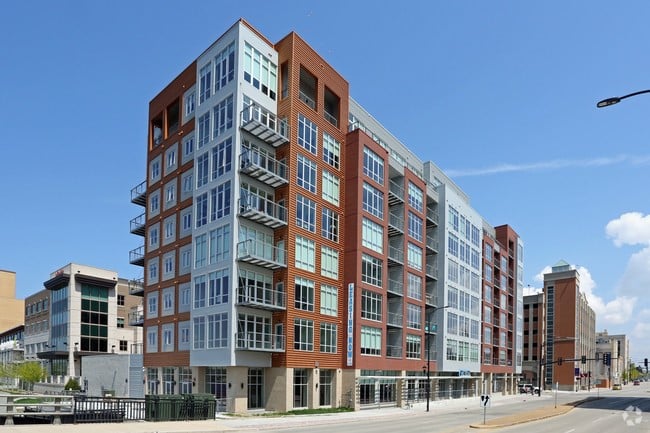
Prefabricated steel framing systems provide numerous advantages over traditional construction methods. These systems involve the manufacturing of structural steel components off-site in a controlled environment before being transported to the construction site for assembly. This method of construction has gained popularity in recent years due to its many benefits, including increased efficiency, cost savings, durability, and sustainability.
One of the main advantages of prefabricated steel framing systems is their ability to speed up the construction process. Since the components are manufactured off-site, there is no need for on-site fabrication, which can cause delays and increase construction time. The prefabricated components can be produced simultaneously with site preparation, allowing for a faster overall construction timeline. This accelerated construction process can be particularly advantageous in projects with tight schedules or in areas with adverse weather conditions that can hinder on-site construction.
In addition to saving time, prefabricated steel framing systems can also result in significant cost savings. The controlled environment in which the components are manufactured allows for greater precision and quality control, reducing the potential for errors and rework. This can lead to cost savings in terms of labor, materials, and time. Furthermore, the prefabrication process can occur simultaneously with site preparation, resulting in a more efficient use of resources and reducing overall construction costs. Additionally, the durability of steel is another cost-saving factor, as steel frames require less maintenance and have a longer lifespan compared to other construction materials.
Prefabricated steel framing systems also offer increased durability compared to traditional construction methods. Steel is a strong and resilient material that can withstand harsh weather conditions, seismic activity, and fire. It is also resistant to pests and rot, which can be a common problem in traditional wood-framed construction. The durability of steel framing systems ensures that buildings constructed using this method will have a longer lifespan and require less maintenance and repair over time. This can lead to additional cost savings and reduced downtime for the building owner.
Another advantage of prefabricated steel framing systems is their sustainability. Steel is a highly sustainable material due to its recyclability. The use of prefabricated steel components reduces waste on the construction site, as the majority of the fabrication occurs off-site. Any waste generated during the manufacturing process can be collected and recycled. Additionally, steel is one of the most energy-efficient construction materials, as it is lightweight and requires less energy for transportation and installation compared to other materials. The use of prefabricated steel framing systems can contribute to LEED certification and other sustainability standards, making it an attractive option for environmentally conscious projects.
In conclusion, prefabricated steel framing systems offer numerous advantages over traditional construction methods. The speed and efficiency of the prefabrication process can result in significant time and cost savings. The durability of steel ensures that buildings constructed using this method will have a longer lifespan and require less maintenance. Additionally, the sustainability of steel framing systems makes them an attractive option for environmentally conscious projects. With these benefits in mind, it is no wonder that prefabricated steel framing systems are becoming increasingly popular in the construction industry.